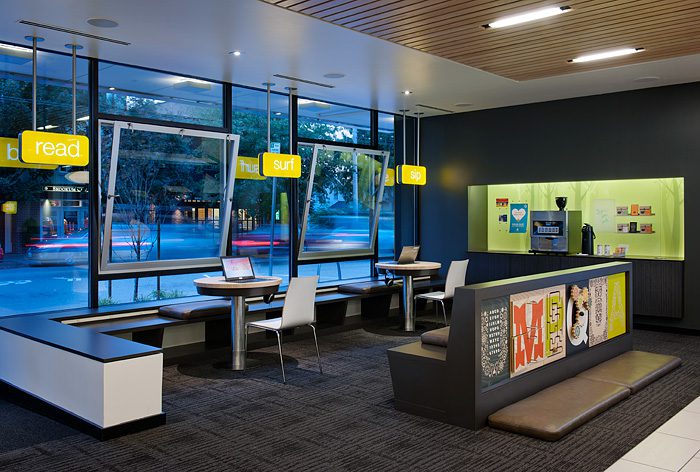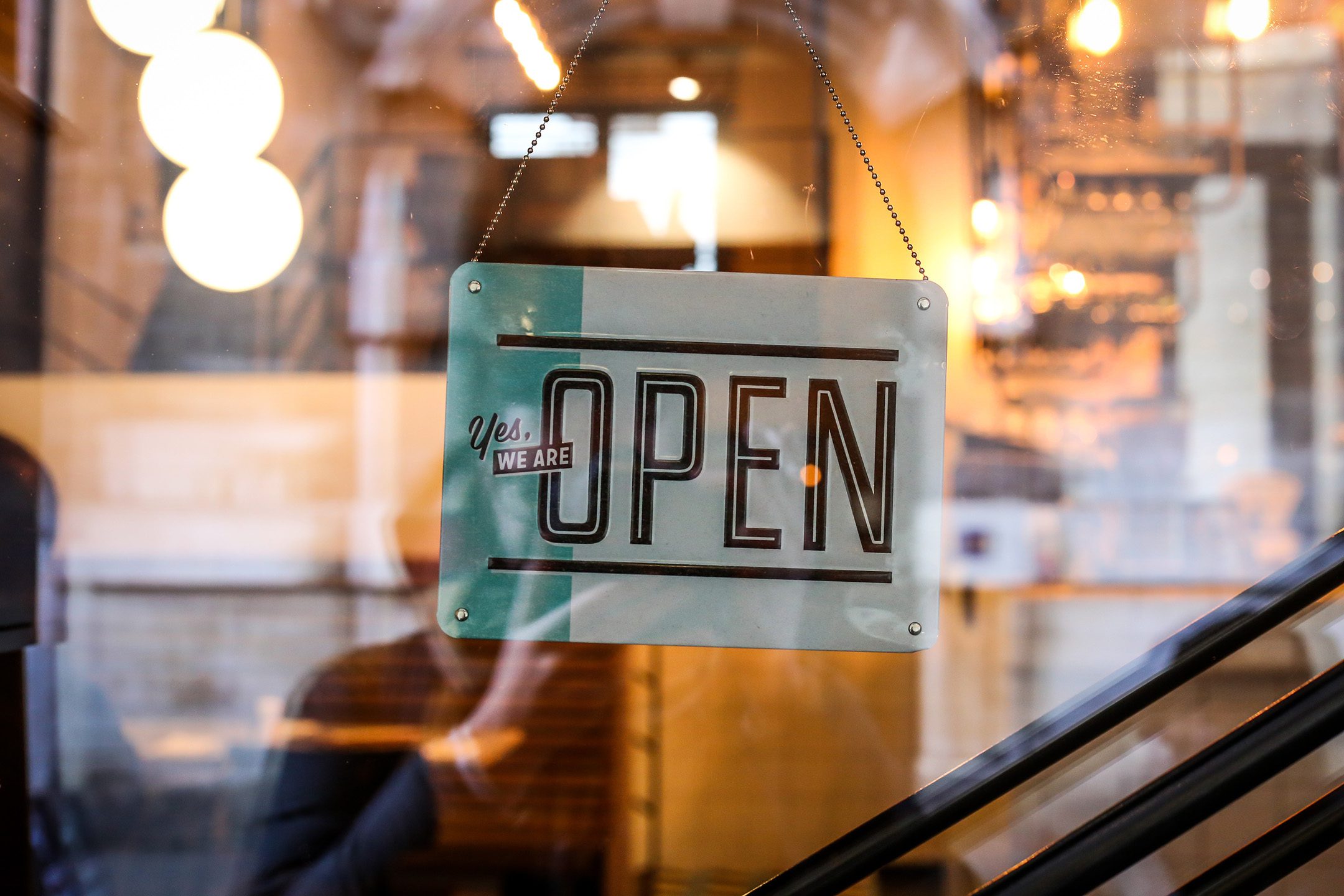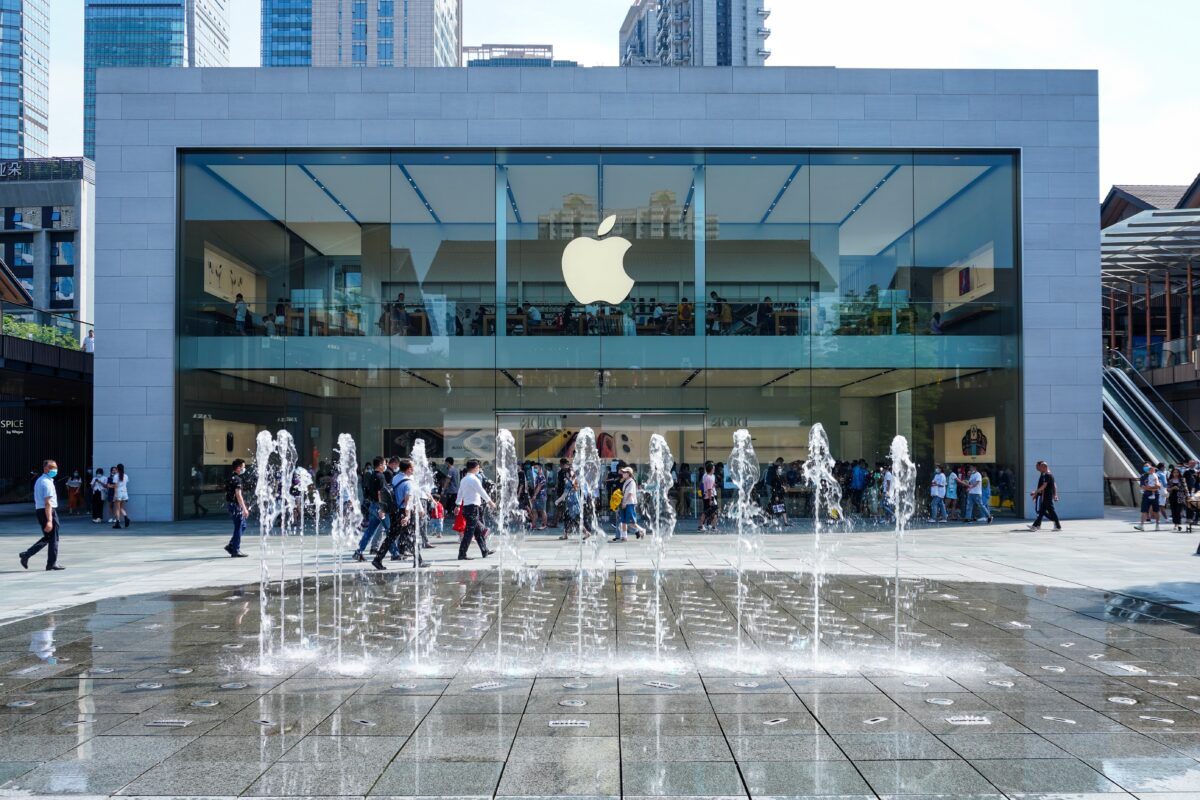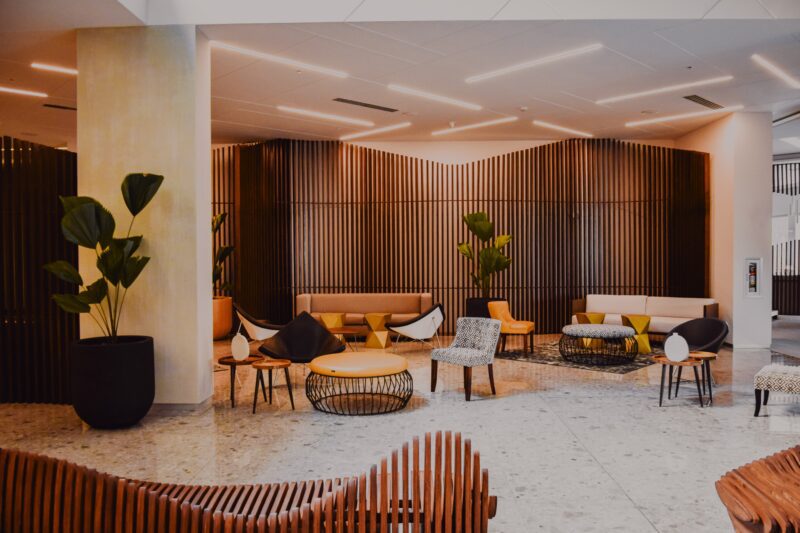[If you haven’t yet read Part 1 or Part 2 of this Series, please take a moment to give them a read.]
I am writing the third and final installment of my series on retail strategy for the apartment investor from Los Angeles while attending RealShare: Apartments 2014 – an apartment specific conference attended by 1,000 or so apartment professionals. In the first panel discussion (here is a RECAP) I was starkly reminded of why I am writing an apartment article focused on retail.
Across the nation there are about 485,000 new apartment planned for delivery in the next 4 years, with a great concentration of these apartments being developed in similar locations and with similar attributes (core-located, highly amenitized, escalating rents). Interestingly, Seattle’s MSA accounts for nearly 10% of this total. How does a developer, owner, investor outperform and flourish in such an environment?
Competitive differentiation. Apartment investors must differentiate their product, and must do so in a competitive fashion. If you think your differentiator is granite/Caesarstone quartz countertops and stainless steel appliances, well – so do your competitors. If you think it location – don’t look now, but there are three other modern apartments coming out of the ground on your block. A dog run, walk, bath, dryer – these are great, yet many of these are already ubiquitous in the marketplace.
Again, for generations retailer have lead the way on differentiators. In this series we have covered both branding and location, now let’s discuss experience.
In this final installment we will cover:
-
- Experience in Service
- Experience in Design
- Experience in Experience
Experience in Service
If a department store opened next door to Nordstrom and offered the same items, possibly at a 5% discount (rent concession?)– would you defect from Seattle’s hometown retail favorite? You might think yes, but after dealing with hassles with returns, lack of technology, the salesperson that doesn’t come around the sales counter to hand you your bag, well you’d probably more than willingly pay that extra 5%.
Service is a huge component to the retail experience. Nordstrom is a fantastic example, yet there are many others – some of the best right in our backyard. Costco’s variety, easy return policy, free samples and convenient online ordering – all service elements. The same reigns true for REI’s hiker-climber-skier staff, industry-leading return policy and in-store climbing walls/hiking rocks.
In the context of apartments, the front-line of service is your property management team. In this new hyper-competitive environment, an engaged, strategic and modern approach to property management is essential. Providing retail-esque service is one area for distinct competitive differentiation. If you are not paying exorbitant attention to property management, proceed at your own peril.
Experience in Design
You don’t even need to walk through the door – the transparent storefront of the neighborhood Apple store tells the story. A packed cube of uber-enthusiastic customers excited to walk through the door – and stay there. With its store design, Apple created a new benchmark of bricks-and-mortar retail design that engages customers and inspires them to spend more time, and dollars, in their store.
Inventing a new “design” for apartments is challenging, yet will become increasingly important as a competitive differentiator. As discussed in the context of branding, hotels have bridged the design chasm and differentiated themselves. Innovators of office development have focused on creating experience responsive design. This past week I spent several hours with Gensler, an architecture firm at the forefront of designing The Future of Workplace, and left with a glimpse into the future.
Again, using retail strategy as a guidepost, give a greater nod to innovative design to better position your investments for market-leading returns.
Experience in Experience
I was admittedly enamored with the thought of keeping this title somewhat paradoxical, so I stuck with a confusing headline. What I should have titled this section is “Making your First Place your Third Place”. Allow me to explain.
The concept of a Third Place is commonplace in the retail world. By definition (care of Wiki), a third place is “the social surroundings separate from the two usual social environments of home and the workplace.” Well, retailers have discovered that creating a third place experience can enhance traffic to places that are not otherwise common social gathering places, and in turn increase business and customer stickiness.
Urbanists and neighborhood snobs like myself don’t always appreciate the entrance of a bank into our community. I live in a part of Seattle that might possibly have more banks than residents. One retail bank has worked to create an elegant solution – a third place bank.
Umpqua Bank is designing retail bank locations that have more third place elements to them than bank features. With the tag line: read … surf … sip – Umpqua is creating a customer experience that encourages customers to spend more time in their banks, and in turn increase face-time with their brand and engender loyalty.

I promised that I would not neglect to discuss storied Via6 apartments. In its expansive lobby-retail mecca, a prescient developer teamed with a masterful retailer and innovative architect (a nod to my friend and design-hero architect Jim Graham), to create a third place. Many would not imagine that 654 apartments and well over 10,000 square feet of retail would survive, much less flourish, in this island location found between other established neighborhoods (Amazon.com’s headquarter towers had not even been proposed at launch), yet it did.
Experience played a huge roll in Via6’s initial and sustained success. Given the amount of competition in the apartment marketplace in Seattle, I predict that experience will continue to play a vital role in both filling apartment buildings … and keeping them full at market-leading rental rates.
Thank you for sticking with me on this journey through retail. Not to worry, we will soon return to more ‘traditional’ topics discussed in the apartment investment world.



